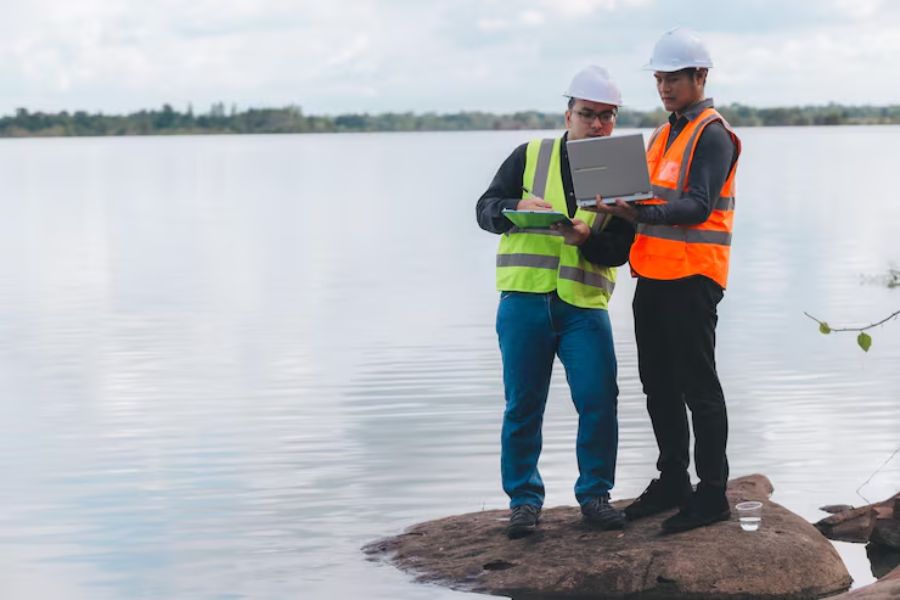How UK Businesses Are Modernising Their Water Safety Strategies

Traditionally, businesses have tended to adopt a tick-box approach to water safety, meeting their legal obligations but often going no further.
However, water has become a hot topic recently, as more of us become aware of just how precious the liquid is against the background of climate change.
This hasn’t escaped the notice of business owners, who see technology as a way of taking a more active hand in how their organisations manage and use the water on their premises.
Foremost among these technological developments is the move to a more real-time approach to water management, one that uses smart sensors to stay on top of things like tap temperatures, water flow, pipe pressure, and bacterial growth.
And for those organisations with high-risk water systems like swimming pools, spas and public bathing facilities, the periodic lab tests they are obliged to carry out are becoming more rapid and responsive as testing technology evolves.
Below, we take a closer look at how these changes are modernising water safety strategies.
Real-time Monitoring
There seems to be a smart sensor for every bit of hardware nowadays – and water systems are no exception.
This means that, among other things, you can now keep a tight rein on the temperatures in your pipes.
This is a godsend for anyone who wants to keep bacterial nasties like Legionella at bay, as maintaining proper cold and hot temperatures is essential in staving off bacterial colonisation of your water systems.
There is even tech capable of carrying out automated pipe flushing, which is ideal for keeping the water in underused dead-legs moving and bacteria-free.
And the advent of the Internet of Things (IoT) means that water-related sensors and monitors at multiple outlets and workspaces can now be controlled from a central hub.
Water Safety Plans
The evolving nature of water safety hasn’t been limited to technology.
The water safety plan continues to play an important part in allowing businesses to adopt a more holistic, proactive approach to water safety risk assessment.
Importantly, this proactive approach is increasingly favoured by regulators, health inspectors, and insurance companies who look favourably on a company with rigorous WSP as it suggests they are going beyond simple compliance when it comes to water safety.
The WSP has been aided and abetted by some of the changes in the technology around water safety mentioned previously.
For example, businesses can now automate and schedule the risk management and control measures described in their WSP via remote sensors and related equipment.
Rapid Testing
Some companies are required to periodically send off water samples to a registered lab to have their cultures tested.
However, it can take anywhere between a week to a fortnight to get the results back – hardly ideal if there is an urgent issue like Legionella buildup that needs to be addressed.
Modern PCR and ATP testing kits have been a game-changer here, revolutionising the way many organisations test their water and combat bacterial growth.
- PCR: These are super-sensitive tests capable of detecting live colonies of bacteria, and they can also detect not just living organisms but also DNA from Legionella and bacterial pathogens.
- ATP: A bioluminescence test that measures total microbial activity by detecting ATP (the molecule present in living cells). These tests don’t identify specific pathogens or DNA, but, by using a luminometer, they can help identify bacterial buildup and ensure overall cleanliness.
Of course, this type of testing hasn’t replaced lab-based testing, and the HSE still requires a lab test, but for the detection of bacteria and biofilm, they have been a game-changer.
Conclusion
Like any aspect of risk management, water safety is constantly being updated and adapted to changing conditions.
The introduction of real-time monitoring, the adoption of the water safety plan, and the adoption of quick turnaround testing are just three ways the area continues to evolve.
